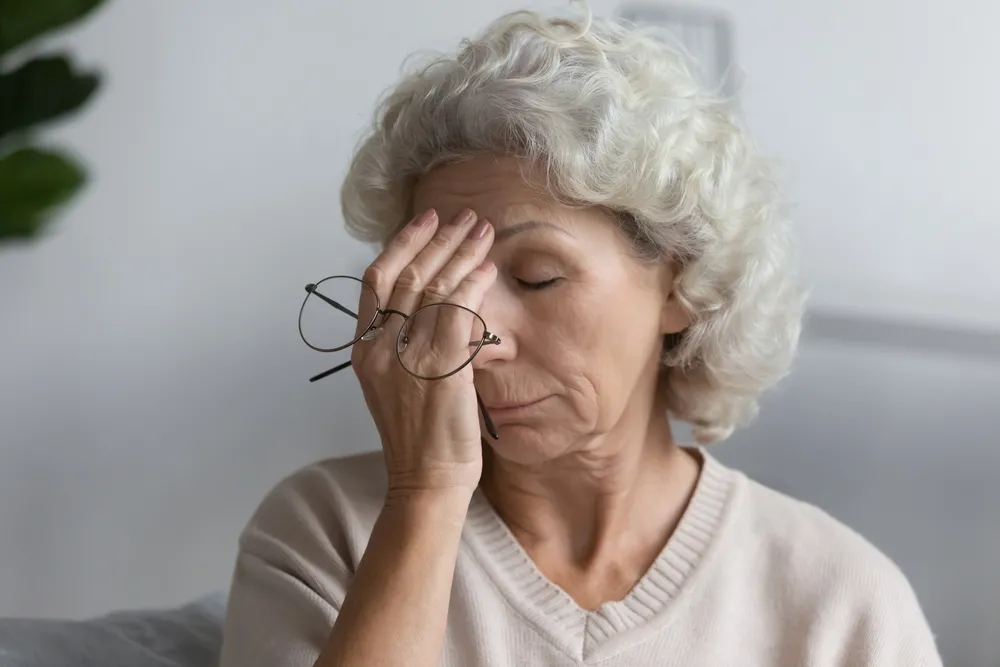You ever walk up to the pharmacy counter, get quoted the price of your meds, and have to pretend you’re not rethinking all your life choices? Like, “$124.57… for what now? Aspirin and hopes?” Yeah, we’ve been there. The wild part? You might be paying way more than you have to, just because you didn’t know the secret menu exists. Spoiler: it does. And it’s loaded with discounts, hacks, and loopholes that Big Pharma doesn’t exactly advertise.
If you’re tired of your wallet flinching every time you pick up a prescription, it’s time to fight back—armed with apps, coupons, shady-sounding-but-legal discounts, and a sprinkle of petty vengeance. Below are eight ways to stop paying full price for meds and start saving like the savvy, health-conscious legend you are. Let’s make overpriced prescriptions a thing of the past, shall we?
1. Shop Around and Compare Prices
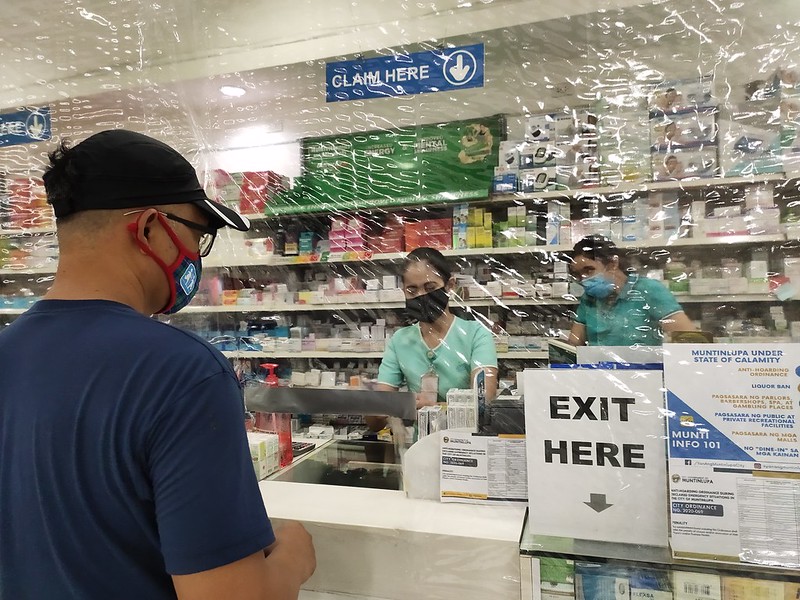
Ever notice that your local pharmacy and the one across town quote wildly different prices for the exact same pill? According to Kaiser Health News, pharmacy benefit managers can layer on hidden markup fees that make chain prices skyrocket compared to mom-and-pop drugstores—sometimes by 10x or more, even for common generics. Meanwhile, apps like GoodRx report you can save up to 80% off list price on both brand-name and generic meds by comparison-shopping online.
Next time you pick up a script, don’t just flash your insurance card—snap a screenshot of the cash price, check it in a couple other pharmacies, then ask the pharmacist, “What’s your out-of-pocket cash rate?” You’ll feel like a bargain ninja, quietly pouncing on the best deal. Keep a note of your favorites so you never pay full price again. It’s adulting hackery at its finest: you do the legwork now, your wallet thanks you later.
2. Ask Your Doc for Cost-Crunching Generics

Your physician might not volunteer the cheapest option—but independent reviewers like U.S. News Health rank generics that are therapeutically equivalent yet cost a fraction of the brand-name price . When you discuss treatment, mention that you’ve seen “U.S. News’ top generic picks” for your condition and ask if they’ll prescribe the equivalent.
Beyond the mainstream generics, newer “authorized generics” and bioequivalents can save you up to 80% more than the original brand—Tebra Health recently found that common generics average 79% lower costs than their brand counterparts. Flip through your phone’s pinned PDF of favorite generics so you’re always ready at the appointment. When your script lands on the counter, you’ll know you’re paying for healthcare, not marketing—and that small ask can mean big savings every month.
3. Stack Discount Cards and Manufacturer Coupons
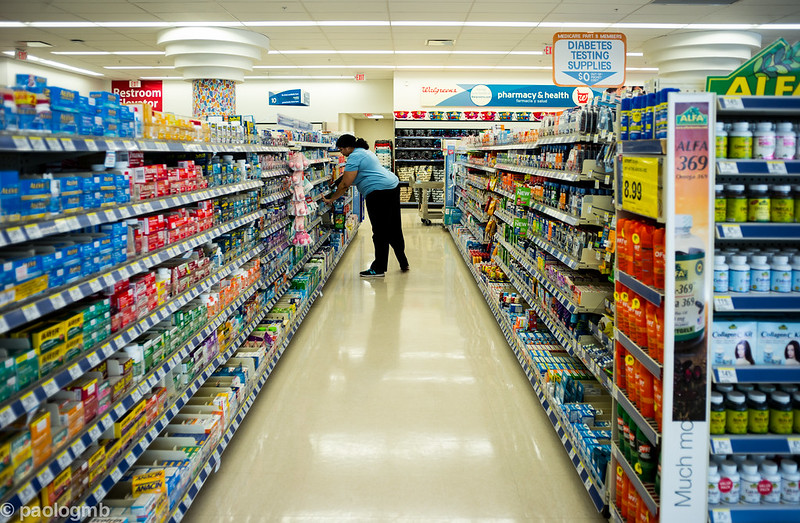
Why settle for one discount when you can double-dip? Time explains that by using a free discount card (like GoodRx or RetailMeNot’s pharmacy coupons) alongside a manufacturer rebate, you can slice your cash price even further. Some drugmakers publish instant digital coupons on their websites, while others mail you full-value savings cards faster than you can say “pharmacy meltdown.”
Before you hit “refill,” google “[YourDrugName] savings card,” fill out a two-minute form, then email or text the coupon to your pharmacist. They’ll run your insurance, then the discount card, then that shiny manufacturer coupon—stacking savings like pancakes at brunch. Suddenly, your $75 co-pay could tumble to under $10, proving that in the world of Rx costs, two hacks are better than one.
4. Tap Into Patient Assistance Programs

If you’re underinsured or flying without coverage, patient assistance programs (PAPs) from pharmaceutical companies can cover most—or even all—of your brand-name drug costs, according to GoodRx. These “safety nets” exist so people who earn too much to qualify for Medicaid but too little to afford sticker-price meds don’t skip essential therapies.
To apply, you’ll typically need to fill out an online form, submit proof of income, and have your doctor sign off. Don’t be intimidated by the paperwork—it’s designed to help, not to trip you up. Between DrugManufacturer.com sites and nonprofits like NeedyMeds, you can see dozens of programs in one place, then apply directly. A little upfront effort can translate to hundreds or thousands of dollars saved each year, making sure finances never block access to your meds.
5. Score Manufacturer Co-Pay Cards
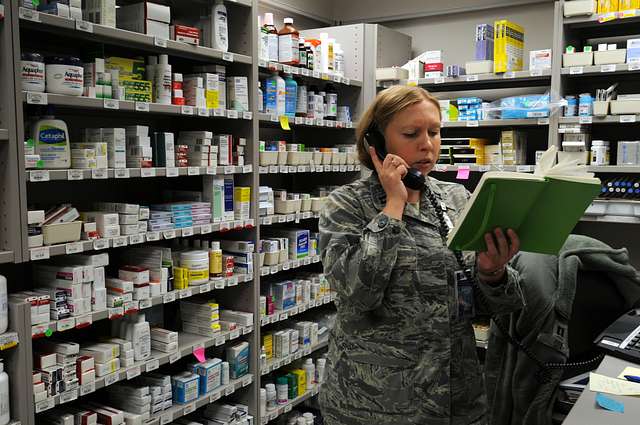
Still grimacing at a $50 co-pay? Many pharmaceutical companies offer free co-pay cards that knock down your out-of-pocket to as little as zero—as long as you’re not on Medicare Part D (they’re legally barred) Reuters. If you’re under 65 with commercial insurance, this is basically a golden ticket to near-free meds.
Just Google “[DrugName] co-pay card,” click the link to the official program, fill in your prescription and insurance details, and download or email the coupon to your pharmacist. At pick-up, they run it just like any other discount. One minute you’re bracing for sticker shock; the next, you’re walking out with a zero-dollar tab. It’s like having backstage passes—only for your health.
6. Pill-Split Like a Pro
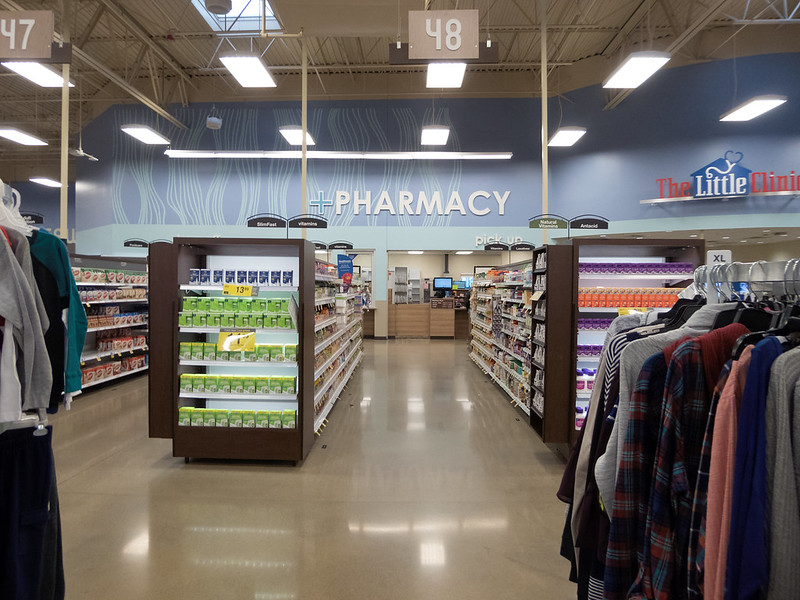
Did you know prescribing twice-the-dose tablets and splitting them yourself can halve your bill? Always get your doctor’s sign-off and use a pill splitter (they’re a few bucks at any drugstore). Not every med qualifies—stick to tablets that aren’t time-released. Splitting a 20 mg pill into two 10 mg doses can feel totally boss when your cost tags drop in half. Plus, you’ll get surprisingly particular about your technique—hello, perfectly even halves!
Keep the extra halves in a dry, labeled pill crusher—er, splitter—away from curious kiddos. This move is like brewing your own cold brew at home instead of paying café prices—DIY satisfaction and savings all in one. Just make sure you’re storing them properly and checking expiration dates; crushed-up half-pills lingering in a humid bathroom? No, thank you. You’ll also gain major bragging rights at your next brunch: “Oh, I split my meds—no biggie.”
7. Enroll in a 90-Day Mail-Order Plan
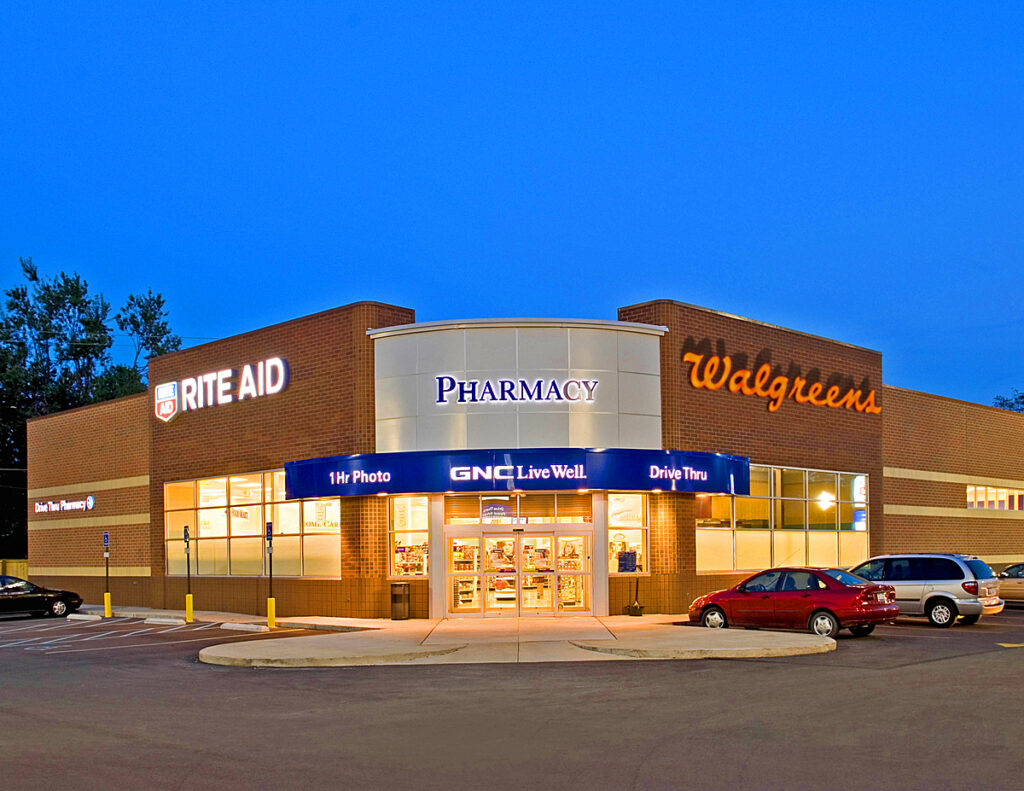
Most insurance plans offer a cheaper per-pill rate if you switch to a 90-day supply via mail order. It’s the Costco of prescriptions—you buy in bulk, save per unit, and skip a middle-of-the-night pharmacy dash. Just set it up once, and your meds arrive on your doorstep quarterly. You’ll quickly learn to sync your shipments with regular life events—like having a fresh batch on hand for holiday travel or long weekends.
Bonus points: fewer pharmacy runs means fewer impulse runs for extra snacks. Clear out cabinet clutter and simplify refills—auto-ship feels like a subscription box for your health. And if your dosage changes, most mail-order pharmacies let you pause or adjust your plan with a quick click. No more “urgent refill” panic calls at 8 pm on a Sunday—just seamless service.
8. Ask for Free Samples and Doc Discounts
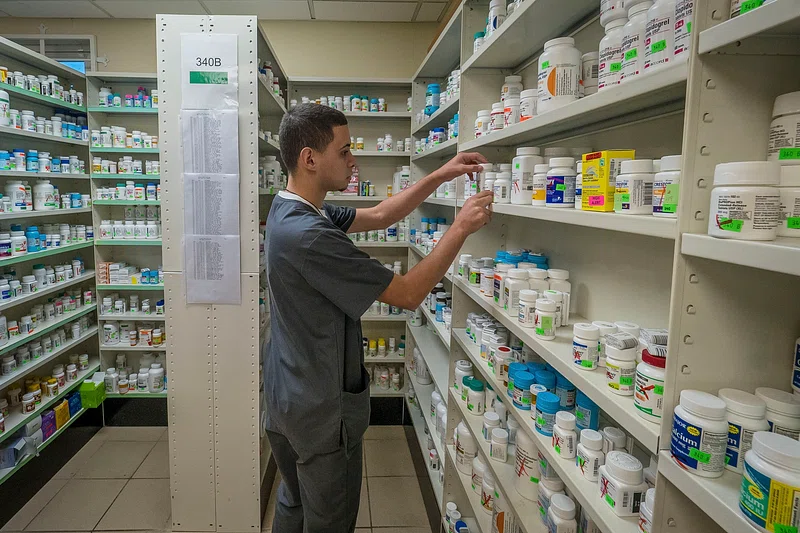
Never underestimate the power of a sample—doctors often stash them for new patients or to test tolerability. One quick ask could score a 30-day free trial before you commit to a full prescription. Similarly, some clinics offer sliding-scale fees or discounted cash rates if you explain budget concerns. You might even discover a generic sample stash hidden in the back, waiting for savvy askers like yourself.
Be upfront: “Hey, money’s tight—any free samples or cash pay options?” You might snag enough freebies to bridge the gap until your next paycheck. It’s like scoring VIP passes to an event you otherwise couldn’t afford—because advocacy is the ultimate hack. And who knows? Your friendly persistence could turn into an ongoing discount arrangement with your provider.
This article is for informational purposes only and should not be construed as financial advice. Consult a financial professional before making investment or other financial decisions. The author and publisher make no warranties of any kind.





